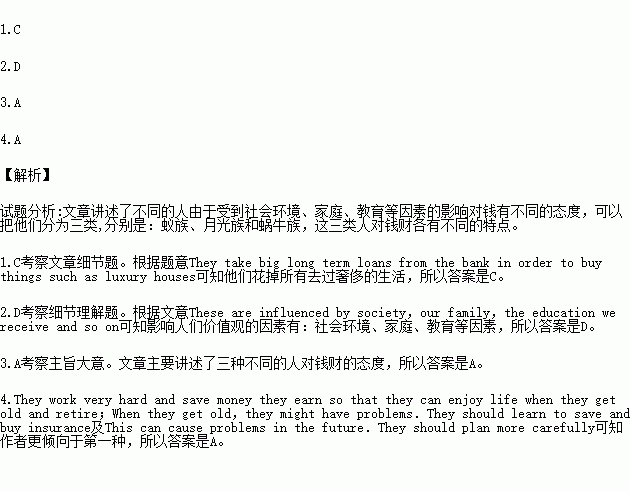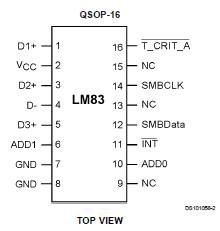Understanding the Difference Between Graduate PLUS and Unsubsidized Loans: A Comprehensive Guide
#### Difference Between Graduate PLUS and Unsubsidized LoanWhen considering financing options for graduate school, students often encounter various types of……
#### Difference Between Graduate PLUS and Unsubsidized Loan
When considering financing options for graduate school, students often encounter various types of loans, each with its own terms and conditions. Among these, the Graduate PLUS loan and the Unsubsidized loan are two popular choices. Understanding the **difference between Graduate PLUS and Unsubsidized loan** is crucial for making informed financial decisions.
#### What is a Graduate PLUS Loan?
The Graduate PLUS loan is a federal loan specifically designed for graduate or professional students. It allows borrowers to cover the remaining costs of their education after other financial aid, such as grants and unsubsidized loans, has been applied. One of the key features of the Graduate PLUS loan is that it requires a credit check, which means that borrowers with adverse credit histories may face challenges in obtaining this type of loan. However, it is important to note that having a poor credit history does not automatically disqualify a borrower; they may still be eligible if they meet certain conditions.
The interest rate for Graduate PLUS loans is typically higher than that of Unsubsidized loans, and it is fixed for the life of the loan. Additionally, Graduate PLUS loans do not accrue interest while the student is enrolled in school at least half-time, but interest will begin accruing as soon as the loan is disbursed. Borrowers can choose to defer payments while in school, but interest will continue to accumulate during this period.
#### What is an Unsubsidized Loan?
On the other hand, an Unsubsidized loan is also a federal student loan but is available to both undergraduate and graduate students. Unlike the Graduate PLUS loan, Unsubsidized loans do not require a credit check, making them more accessible for students who may not have an established credit history. However, the borrower is responsible for all interest that accrues on the loan from the time it is disbursed, regardless of their enrollment status.
The interest rates for Unsubsidized loans are generally lower than those for Graduate PLUS loans, making them a more cost-effective option for many students. Borrowers can also choose to defer payments while in school, but, similar to Graduate PLUS loans, interest will continue to accrue during this deferment period.
#### Key Differences Between Graduate PLUS and Unsubsidized Loans

1. **Eligibility and Credit Check**: The most notable difference is that Graduate PLUS loans require a credit check, while Unsubsidized loans do not. This can significantly affect a student's ability to secure funding.
2. **Interest Rates**: Graduate PLUS loans typically have higher interest rates compared to Unsubsidized loans, which can lead to higher overall repayment amounts.
3. **Loan Limits**: Graduate PLUS loans allow students to borrow up to the full cost of attendance minus other financial aid, while Unsubsidized loans have specific annual and aggregate limits based on the student's year in school and dependency status.
4. **Repayment Options**: Both loans offer various repayment plans, but Graduate PLUS loans may have more flexible options for deferment and forbearance.

5. **Interest Accrual**: Interest on both types of loans accrues while the student is in school, but the conditions and rates can differ, impacting the overall cost of borrowing.
#### Conclusion
In summary, understanding the **difference between Graduate PLUS and Unsubsidized loan** is essential for graduate students seeking to finance their education. Each loan type has its advantages and disadvantages, and the best choice will depend on individual circumstances, including credit history, financial needs, and long-term repayment plans. By carefully evaluating these factors, students can make informed decisions that align with their educational and financial goals.
